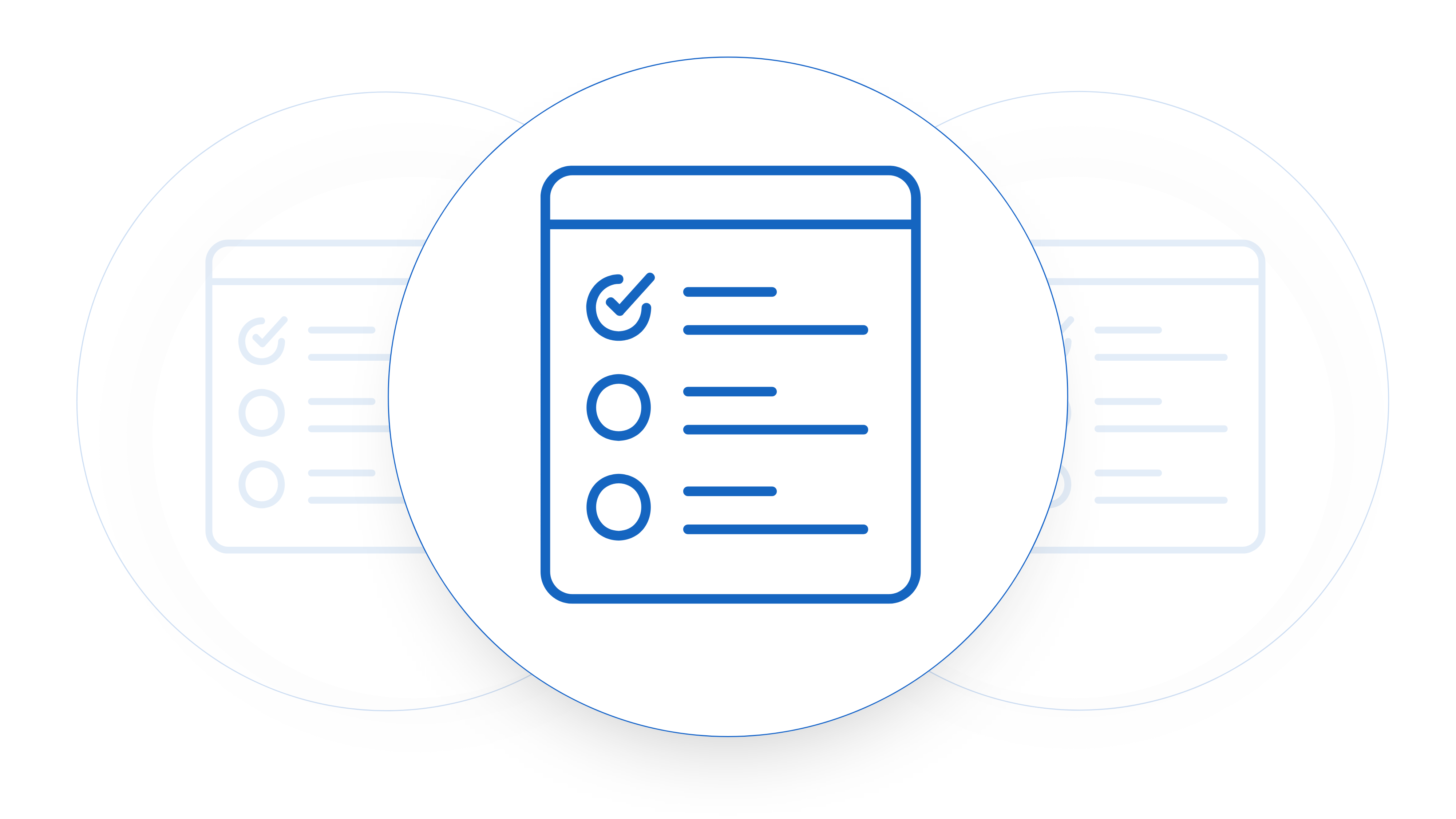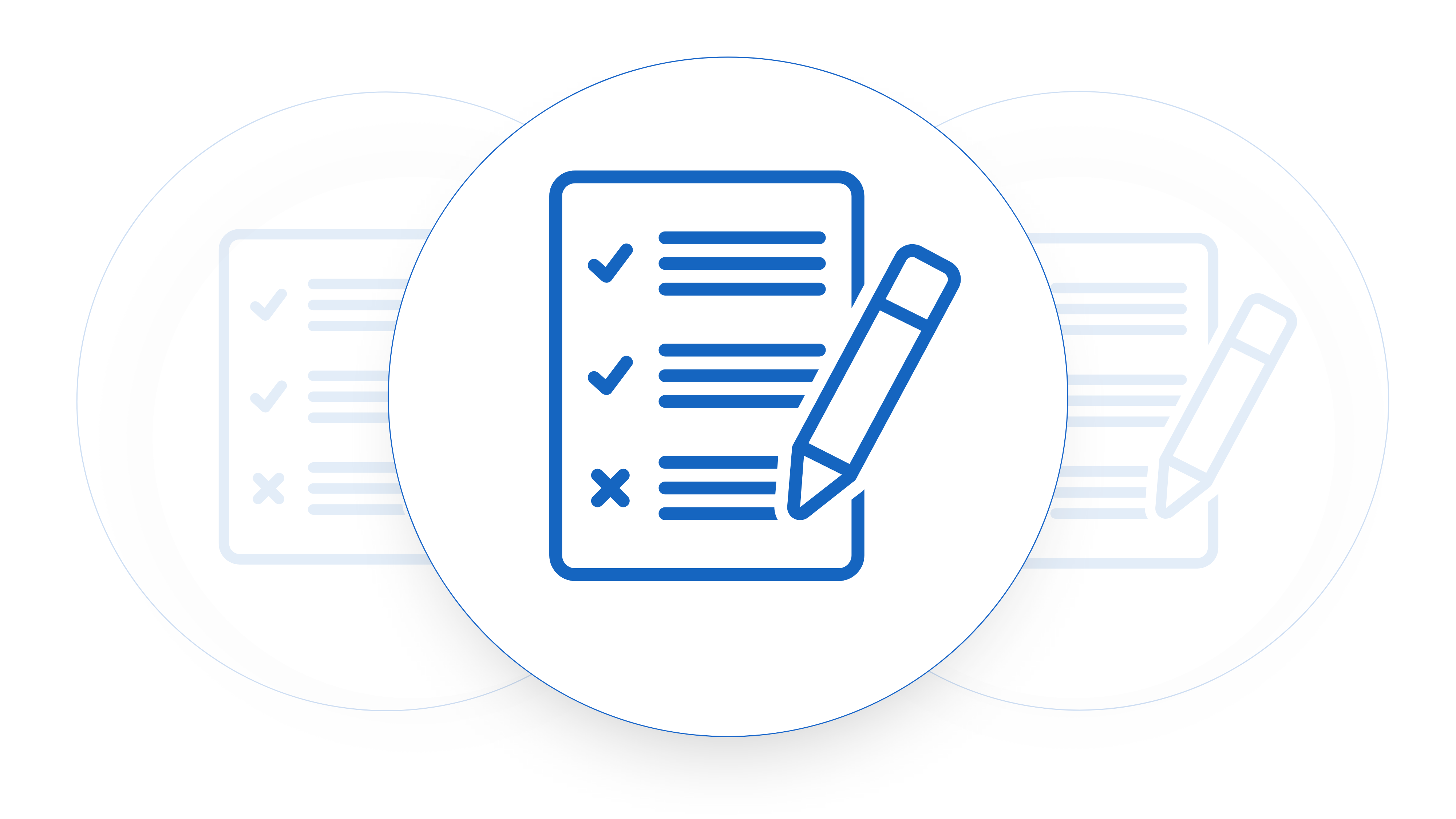MRR, or Monthly Recurring Revenue, is THE metric for SaaS startups. There are hundreds of useful metrics that come after it. But if you don’t know how to track SaaS MRR for your startup you need to learn. Fast. It represents the predictable and steady income generated from subscription-based services on a monthly basis. To calculate MRR, sum up the recurring fees from all active customers during a given month. MRR is an essential indicator of a SaaS company’s financial health, growth, and sustainability. It helps startups track revenue trends, measure the impact of customer churn, and assess the success of customer acquisition efforts. By focusing on MRR, SaaS startups can make informed decisions, set realistic revenue goals, and maintain a strong foundation for long-term success in the competitive SaaS market.
When Can I Recognize SaaS MRR?
Recognition of SaaS revenue is a bit of complex issue. As a general rule (but always consult with your accountant for proper advice tailored to your business and jurisdiction), recognize SaaS revenue when providing the service. What this means is that you may sign a contract with a customer for one year and they pay you upfront for that year but you’ll recognize 1/12th of that revenue every month because that’s when the customer has access to your service.
For this reason SaaS MRR and cashflow can be quite different for businesses that sell on annual, pay up front contracts. This tends to be a bit more simple for services that charge customers on a monthly basis. But there is a toss up here. Generally B2B SaaS companies will prefer to bill upfront for faster cashflow.
Understanding Your Business Source Of Truth
Sifting through data and understanding which data source is correct when you start asking how to track SaaS MRR is hard. The reason why this is tough is because a lot of inputs that your team is responsible with during the sales process can change over time. The deal value that has been entered for a deal when the deal is first entered into your CRM by a sales person often doesn’t end up being the value of the deal when it’s closed.
Identifying what is the actual source of truth for the start and end dates of a SaaS contract as well as the recurring value of that contract is essential to have reliable data. Without the data being reliable it’s pointless. One way to extract the details you need for a source of truth is to extract these details from your customer contracts.
Ultimately your customer contracts are the most reliable source of truth that you have. The are the signed documentation of the service that you’re providing a customer. This is why contracts also play such a big part in due diligence activities. They are a reliable source of true information.
Complexities Of Tracking SaaS MRR
There are, of course, some complexities when it comes to how to track SaaS MRR. Not all customers are the same and often a variation on what you’d expect for steady recurring revenue. Here are some common variations and their best practice treatment:
Selling in multiple currencies
- This is a difficult one to deal with. The simplest answer is to transfer everything back to your companies base currency before tracking it in your MRR reports. This is often not the greatest way to deal with the issue. If you’re just transferring the income back to the base currency at time of invoice you’ll be tracking not just MRR but also the fluctuations of currency. This can show fake expansion or contraction.
- One way of removing part of this variation is to use the trailing twelve month currency average as your transfer rate. This will make your currency conversions much more level. But it still doesn’t cut out all of the fake expansion and contraction over time.
Best practice is to keep each of your customers tracked in the currency of the invoice and then use static, universal currency conversion rates to put the totals into the base currency of the business.
Delayed Renewals
Often when your B2B renewals don’t go to plan. They are delayed, it takes time for the customer to sign. Your contract with them may end in June and they don’t resign until August. Should you should this as churn in your MRR report? The best practice here is to understand that your revenue recognition should reflect the service being provided. In other words during that month where there was no contract in place was the customer still using the platform? And when they resign is the new contract backdated to cover this churn period? If the answer is yes to both then you should continue to recognize revenue.
Redline What Matters
Raise Changes For Approval To Turnaround Contracts Faster
Practical Answer To How To Track SaaS MRR
Learning the in’s and out’s of an MRR waterfall report is something every startup team should know. The MRR waterfall is quite possibly the single most important report for your business. The most practical way to build our your MRR tracking is to extract the data you need from your sales contracts when they are finalized and use this to build your MRR waterfall report.
Having your report built directly from data in your contracts will mean that it is based on the clearest source of truth possible. It will also mean that your contracts will reflect what is in your reporting, effectively making the due diligence process of raising investment easier later on down the road.
How To Track SaaS MRR – MRR Waterfall
You can find a quick and easy to set up MRR waterfall template download here.












